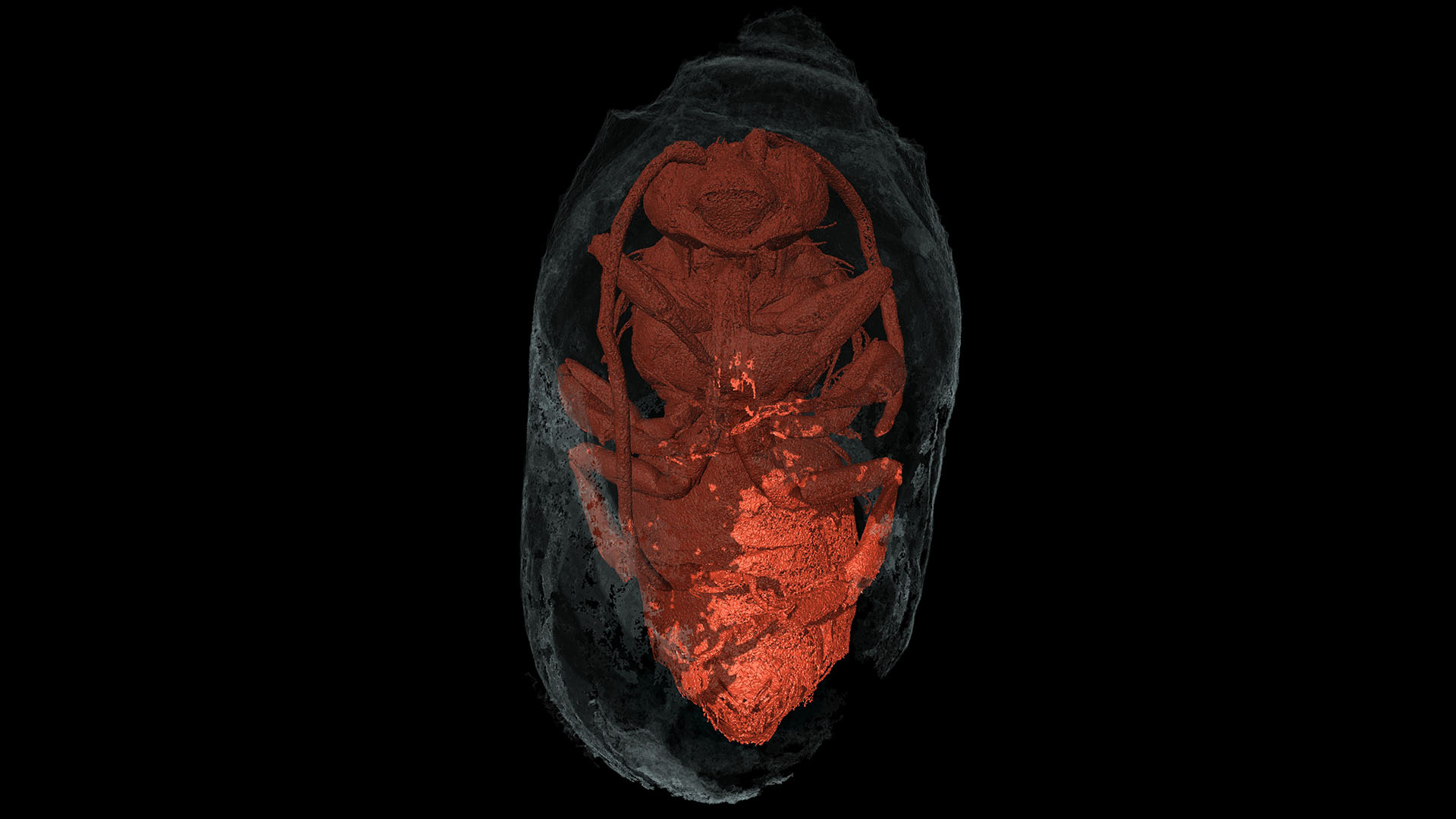
Thousands of years ago, a collection of young bees got trapped in their cocoons within their nest. This nest, along with the mummified remains of the bees, has been found in Portugal. The preservation of these bees and their nest is an extraordinary discovery.
This finding marks the first instance of a fossilized bee nest containing preserved bees. The study detailing this discovery was published on July 27th in the journal Papers in Palaeontology.
Carlos Neto de Carvalho, a paleontologist from the Naturtejo UNESCO Global Geopark in Portugal and the lead author of the study, emphasized the significance of the newly discovered fossil site.
He stated that this discovery offers an exceptional opportunity to gain deeper insights into the nesting behaviors of bees and how they have evolved over time.
Carvalho mentioned that studying these fossils is particularly valuable because it allows researchers to directly observe the inhabitants of the ancient nests.
Fossils of 3,000-years-old ‘bulb-shaped’ objects
The discovery of the bees took place within rock formations that originated roughly 3,000 years ago, situated near the Atlantic coast of Portugal. During their investigation, the researchers came across fossils resembling “bulb-shaped” structures.
These structures were recognized as possible remains of ancient bee cocoons. Initially, due to the possibility that various types of bees or wasps might have constructed these burrows, the researchers believed they might never definitively identify the creators of these structures.
Brooding bees mummified for thousands of years, how did they survive in this fossilized form #fossil #mummified #survive pic.twitter.com/mBNgeRIKhL
— Pausa Caffè (@PausaCaff3) August 21, 2023
However, they were surprised when they stumbled upon intact and sealed cocoons, according to Carlos Neto de Carvalho.
Through the process of scanning these samples, the research team was able to observe the preserved remains of ancient bees enclosed within these cocoons.
Fossilized bees belonged to the Eucerini tribe
Despite being buried underground for thousands of years, these bees appeared to be well-preserved and maintained their original shape.
The quality of preservation was so high that the researchers confidently categorized them as belonging to the tribe Eucerini, a group of bees known for their notably elongated antennae.
Furthermore, these specimens contained traces of pollen originating from a Brassicaceae plant. This insight provides valuable information about the dietary preferences of these bees from the past, as highlighted by Carlos Neto de Carvalho.
The bees followed a nesting strategy of laying their eggs within underground nests. As time passed, the offspring of these bees would construct cocoons during their development, eventually maturing into adult bees and emerging from the ground.
However, the bees discovered in this case never reached this final stage of emergence. They met their fate prematurely, and the circumstances of their demise appear to have played a crucial role in their state of preservation.
See all the latest news from Greece and the world at Greekreporter.com. Contact our newsroom to report an update or send your story, photos and videos. Follow GR on Google News and subscribe here to our daily email!



